Emea Wearable Medical Device Size
EMEA Wearable Medical Device Market Growth Projections and Opportunities
The market for wearable medical devices is undergoing significant growth driven by a combination of technological advancements, increasing awareness of health and fitness, and a growing aging population. Several market factors contribute to the expansion and evolution of the wearable medical device market.
Firstly, technological innovations play a pivotal role in shaping the wearable medical device market. Advances in sensor technology, miniaturization, and wireless communication have paved the way for sophisticated wearable devices capable of monitoring various health parameters. These devices can track heart rate, blood pressure, glucose levels, and other vital signs, providing users and healthcare professionals with real-time data for better health management. As technology continues to improve, the market is likely to witness the emergence of even more advanced and accurate wearable medical devices.
Secondly, the increasing prevalence of chronic diseases worldwide is a key driver for the wearable medical device market. Conditions such as diabetes, cardiovascular diseases, and obesity are on the rise, leading to a greater demand for continuous monitoring solutions. Wearable devices offer individuals the ability to track their health metrics proactively, enabling early detection of potential issues and facilitating timely intervention. Healthcare providers also benefit from remote monitoring capabilities, allowing them to offer more personalized and efficient care to patients.
Thirdly, the growing focus on preventive healthcare and wellness is contributing to the popularity of wearable medical devices. Consumers are becoming more health-conscious, seeking ways to monitor and improve their well-being actively. Wearables offer a convenient and accessible means for individuals to keep track of their fitness levels, sleep patterns, and overall health. As preventive healthcare gains prominence, the market for wearable medical devices is expected to expand further, catering to a broader audience.
Additionally, the increasing adoption of telehealth and remote patient monitoring is driving the demand for wearable medical devices. With the rise of virtual healthcare services, wearable devices enable healthcare professionals to monitor patients' health remotely, reducing the need for frequent in-person visits. This is particularly beneficial for individuals with chronic conditions or those residing in remote areas, enhancing accessibility to healthcare services and improving overall patient outcomes.
Furthermore, collaborations and partnerships within the healthcare ecosystem contribute to the market's growth. Wearable device manufacturers often collaborate with healthcare providers, pharmaceutical companies, and technology firms to develop integrated solutions that address specific health needs. Such partnerships result in the creation of comprehensive healthcare ecosystems, promoting the seamless integration of wearable devices into existing healthcare infrastructure.



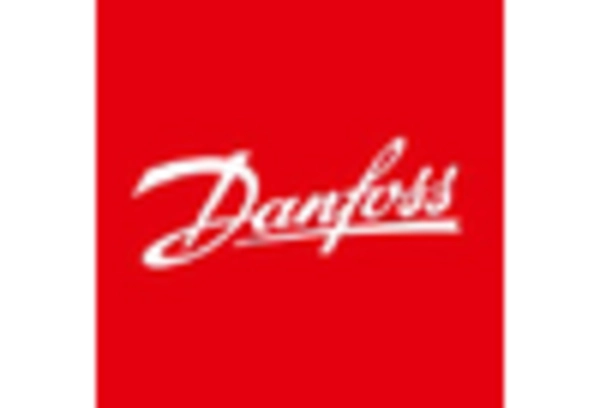
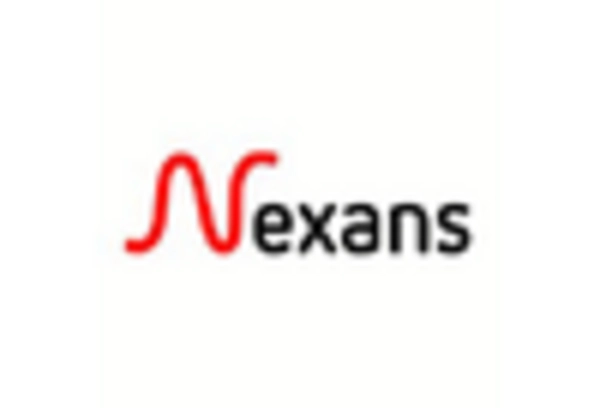
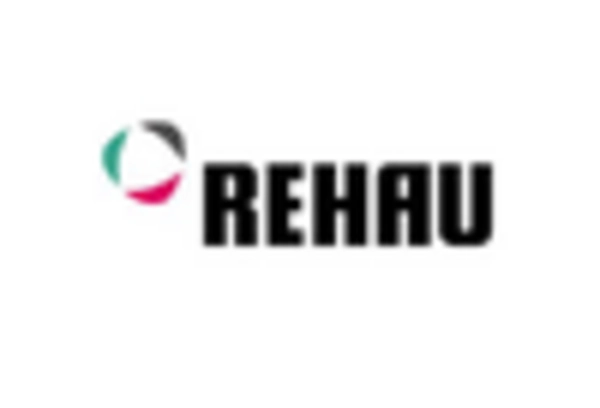
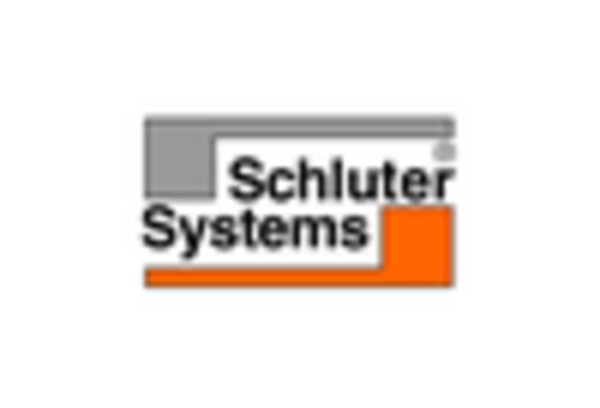
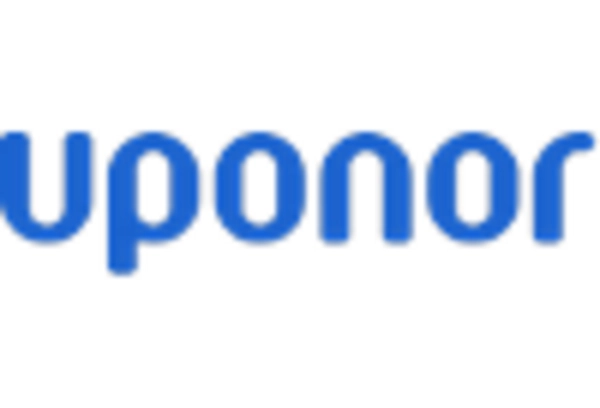
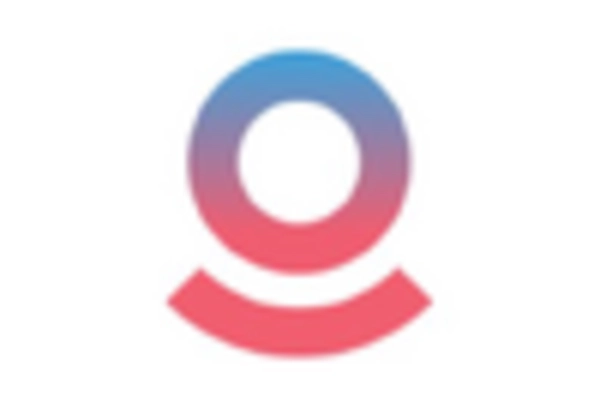









Leave a Comment